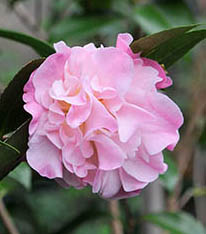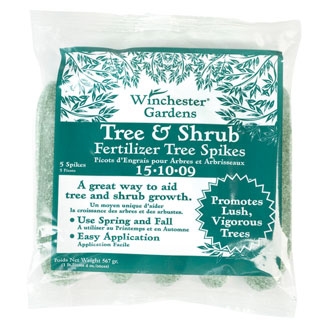In Bloom New Year's day Jan. 1, 2013 in my 18-month old Atlanta garden:
 |
Erysimum ‘Yellow Bird’ yellow wallflower
|
Erysimum ‘Yellow Bird’ yellow wallflower
Erysimum ‘Bowles Mauve’ purple
wallflower
Pansies, Violas,
Johnny-Jump-Ups
Rhododendron Bloom ‘N Again
Azalea ‘Kristin’s Blush’
Rhodendron Encore Autumn
‘Moonlight White’
 |
| 'Fudingzhu' Tea Olive |
Osmanthus
fragrans 'Fudingzhu' Tea Olive
Antirrhinum majus dwarf snapdragons
Digitalis
purpurea
spikes in bud Foxgloves
Gerber daisies, yellow
2 forlorn Zinnia
 |
| Iris unguicularis |
Iris unguicularis, Algerian iris
Tagetes
lucida Mexican
tarragon
Fragaria
vesca Alpine
Strawberries
Lavendula
minutolli Green Fern-Leaf Lavender
Sweet Williams
Rosa ‘Little
Women’ Storbook Roses, light pink
Rosa ‘Showboat’ American Storybook
Roses, coral
Rosa ‘Coral Drift’
Knockout Roses, Sunny Knockout
Roses, Double Pink Knockout Roses
Rosa ‘Sundance Kid’ American
Storybook Roses, yellow
Rosa ‘Strike It Rich’ AARS 2006
hybrid tea rose has
1 tight green bud
 |
| Pink Frost hellebore |
Helleborus
niger Gold
Collection Hybrids: Joseph
Lemper, H. x ballardlae Cinnamon Snow, H. x ballardlae HGC Pink Frost, Jacob Royal, Ivory Prince
 |
| Edgeworthia |
Edgeworthia
chrysantha
Viola walteri ‘Silver Gem’ American Beauties
Camellia ‘Debutante’
Camellia ‘Magnoliflora’
 |
| Rudbeckia triloba |
Rudbeckia triloba
 |
| Camellia setsugekka |
Camellia ‘Setsugekka’
Pieris japonica ‘Mountain
Snow’
Dusty Miller
 |
| Sanguisorba minor |
I am adding a photo of bejeweled Salad Burnet with diamond raindrops:























































